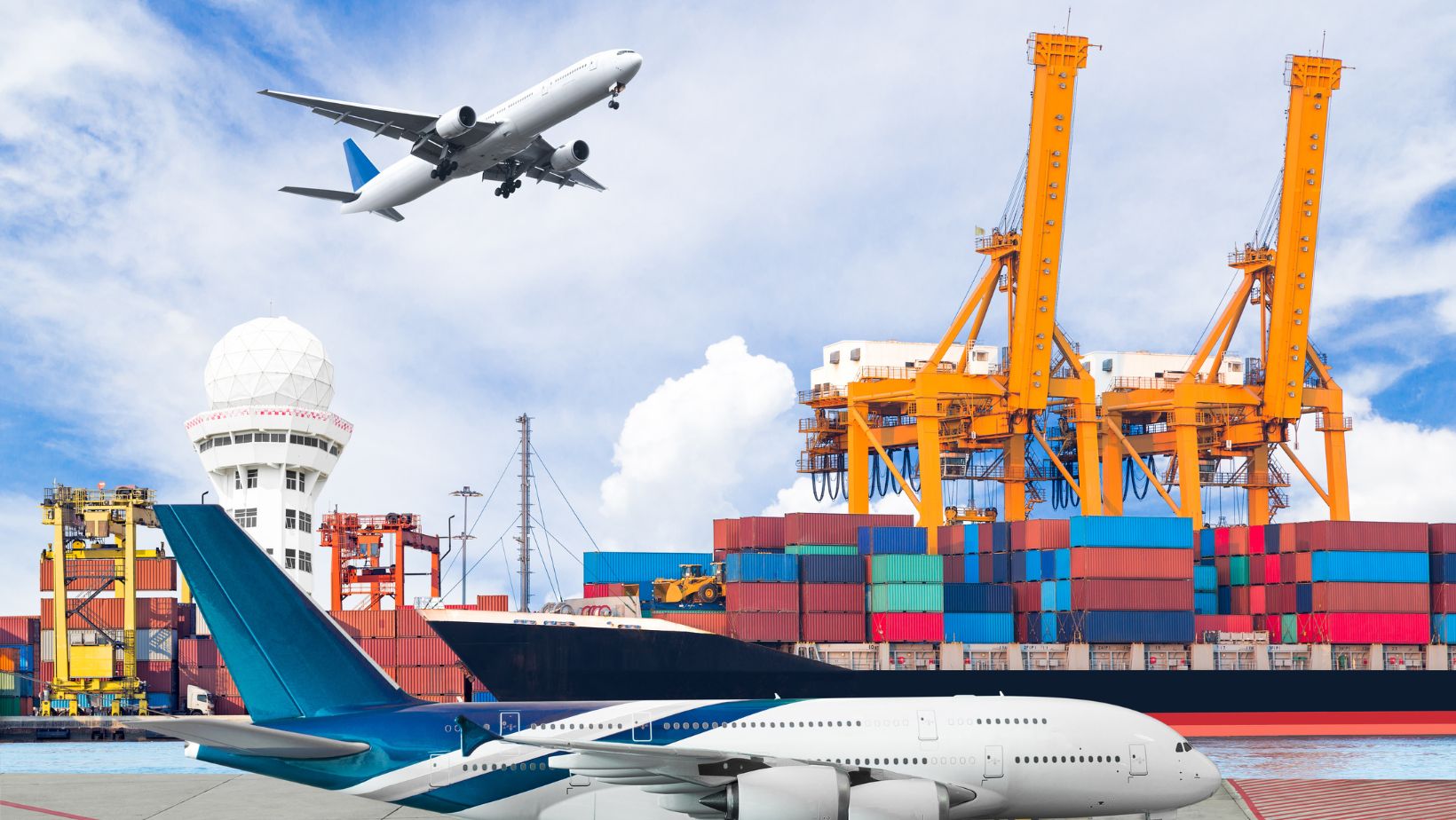Do you want to optimize and reduce freight costs? Look no further, as this blog post will provide valuable tips on LTL (less than truckload) freight shipping. Whether you are an independent small business owner or a logistics manager for a large corporation, understanding how to maximize efficiency and decrease costs when it comes to LTL freight is crucial in staying competitive in today’s market. From negotiating with carriers to proper packing of shipments, this blog post has you covered with expert insight and practical advice. So, grab a notebook and start elevating your LTL Freight Shipping game today.
Understanding LTL Freight Shipping
Shipping goods can be complicated and complex. One shipping method that may seem mysterious or obscure is LTL (Less Than Truckload) freight shipping, which stands out from the competition due to its unique characteristics. Instead of filling an entire truck with one shipment at once, this shipping method allows multiple shipments on one truck, decreasing costs while improving efficiency and making LTL ideal for businesses with smaller freight loads or those looking to save money. Having an understanding of LTL can make the shipping process smoother and more affordable than ever.
Advantages of LTL freight shipping services
Businesses today are always seeking ways to save money and lower their environmental footprint. LTL freight shipping has quickly become the go-to choice for companies that need to transport smaller loads without incurring the hefty costs associated with full truckload shipping. LTL freight shipping allows businesses to leverage cost-cutting and versatility, as it only pays for the space they use and allows for the convenient distribution of multiple products at various locations.
LTL freight shipping also helps reduce carbon emissions by decreasing truck numbers on the roads, thus decreasing greenhouse gas emissions and protecting the environment. LTL freight shipping provides an eco-friendly shipping solution that helps businesses meet their transportation needs while protecting their bottom lines.
How to pack items for shipping
Ensuring its items arrive safe is at the forefront of any successful shipping experience. This is especially crucial when using LTL (less-than-truckload) shipping, where items will share space with other shipments in a trailer. Preparing items for LTL shipment involves several key steps.

First, ensure all of the items are safely packaged and secured using sturdy boxes and materials.
Tape them or wrap them tightly to protect their content. Before sending any packages to be transported by LTL shipping, carefully label and label each one with the destination address and contact details for safe arrival. Finally, use an experienced LTL shipping company so your items arrive undamaged and without mishap. Taking these steps can ensure their safe arrival.
Choose a carrier
Finding the appropriate carrier can be difficult, particularly when considering rates. To find your ideal shipping solution, first identify your specific needs. Are you shipping locally or internationally, is it fragile, time-sensitive? Once you understand your shipping requirements, the next step should be vetting carriers and getting LTL freight shipping quotes. Feel free to ask for references or read online reviews in order to gain an idea of their strengths and weaknesses.
Once you’ve narrowed down your list of potential carriers, it’s time to negotiate rates. Keep in mind that carriers want your business, so don’t be intimidated into accepting discounted or better terms from them. With some research and negotiation skills, you can find the ideal carrier and rate combination for your individual needs.
Navigating LTL freight shipping may seem complex, but the proper tools and knowledge can become an invaluable asset for your business. By understanding its basics, recognizing its benefits, properly packing items for shipment, and selecting an ideal carrier, you can maximize this method of transportation to meet your individual needs, saving money and increasing efficiency, and helping decrease the carbon footprints of large corporations or even small business owners.

So, whether you are an independent entrepreneur or part of a logistics department of an established enterprise, harnessing LTL freight shipping could be transformative to your shipping operations, regardless of its complexity.
















